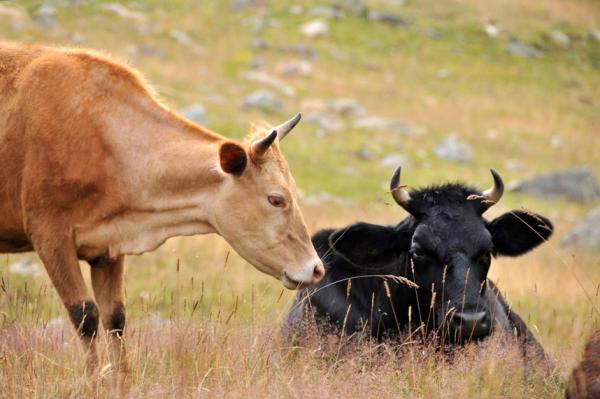Traditions - Spanish Folk Festivals

Bullfights as we know them today have their origin in the 18th century. Spain is the exporter of this controversial festival in which an animal is tortured and has to fight for its life in a situation of profound inequality.
Despite the advances generated by the social movements that are calling for an end to this practice, the sector intends to protect it in the name of "cultural exceptionality". This allows the bullfights to continue being a celebration present not only in Spain, but also in cities of France, Portugal, Venezuela, Mexico, Argentina, Peru, Colombia or Ecuador.
In France, for example, bullfights have been prohibited since 1951, but their incorporation as Intangible Cultural Heritage to UNESCO in 2011 allows them to continue to be celebrated in cities with a strong tradition such as Nimes or Arles. The same dynamic can be found in Colombia, where in 2004 a law was passed declaring bullfights "an artistic expression of human beings". Besides bullfights, Colombia also has other cruel festivals such as the "Corraleja" and the "Coleo". Mexico, on the other hand, has the most prolific bullfighting industry in the world. It has more than 500 plazas, among "La Monumental", the largest in the world located in Mexico City.
Although they are no longer as popular as they were a few years ago, due to a lack of legislation prohibiting any form of animal abuse, bullfights are still organized in Venezuela as well as the sport of "Coleo", where the riders have to make the bull fall to the ground by pulling his tail.
In Ecuador, there is a festival called "Toros de Pueblo" which, although it does not usually end with the death of the bull, implies a great deal of stress for the animal and the possibility of being injured. And in Brazil, despite bullfighting being prohibited, parties are still organized such as the famous "Farra do Boi" in the city of Santa Catarina, where oxen are tortured and killed in an extremely violent manner.
In Peru there are still about 350 bullfights organized every year. Despite the existence of national animal protection laws for domestic and captive animals, bulls and cockfights are legally exempted.
Luckily, a much larger number of countries around the world -Canada, Cuba, Germany, Italy, the Netherlands, New Zealand or the United Kingdom- have prohibited by law the organization of these cruel activities.
Nevertheless, attempts are being made to keep this tradition afloat as demonstrated by the recent agreement between Spain, France and Portugal to create the International Council of Bullfighting.
This is why it is so important to show our rejection to these celebrations. If your tourist destination is a place where bullfights are organized, do not go and do not participate in them.
Above all, bear in mind that in many cases there are celebrations linked to religious and festive rites in which the abuse of alcohol and the euphoric feeling of the assistants put in serious danger the security of the people and the bulls.
Finally, we remind that the report of the Association of Veterinary Abolitionists of Bullfighting and Animal Abuse (AVATMA) on Animal Welfare in Shows (Almagro, 2017), recognizes the suffering of bulls, before and during the bullfight, as well as at the moment of their death in the bullring. The veterinary parameters show the pain caused from the use of weapons and the nature of an agonizing death after the sword thrust and the use of the knife (prohibited by the World Organization for Animal Health in 2006 as it was considered cruel and inhumane). 80% of the bulls show signs of consciousness up to 4 minutes after being stabbed at the base of the skull. This implies that on many occasions the bulls are still alive when their ears are cut off (given as a trophy to the bullfighter) and even when they are bled out after leaving the bullring.
